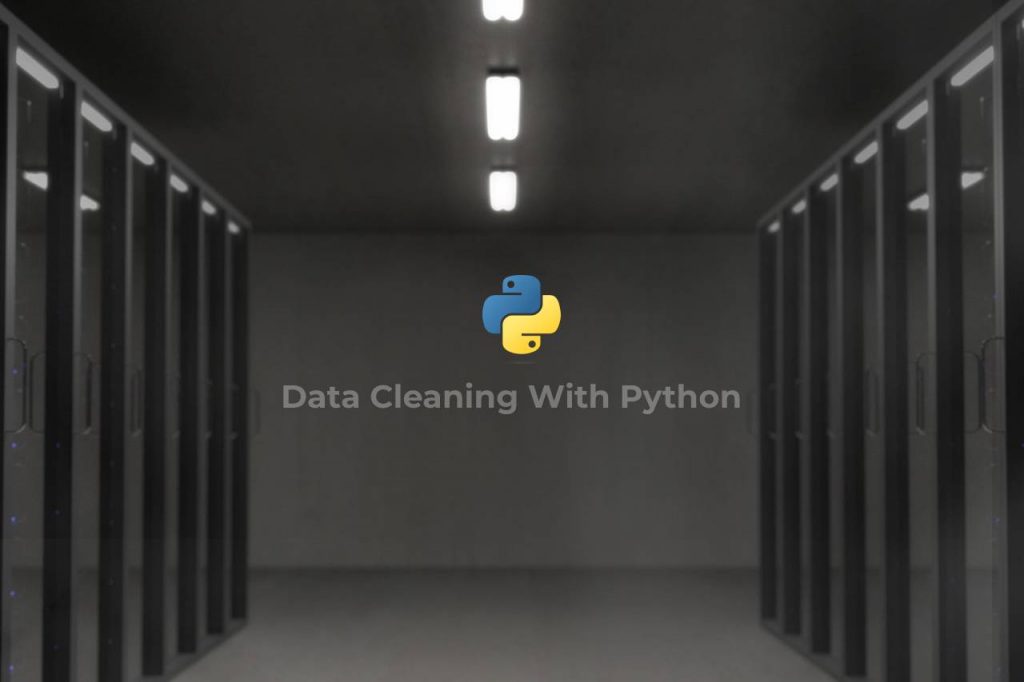Introduction to Pandas: Data Analysis Made Easy
Python has become a popular choice among data analysts and scientists due to its simplicity and versatility. When it comes to data analysis in Python, one library stands out: Pandas. With its intuitive and powerful features, Pandas provides a comprehensive toolkit for working with structured data. In this article, we will introduce you to the world of Pandas, exploring its key features and demonstrating how it empowers data analysis in Python.
Introduction to Pandas
Pandas is an open-source data analysis library for Python, designed to handle structured data efficiently.
It provides easy-to-use data structures, such as DataFrames and Series, to facilitate data manipulation, cleaning, and analysis.
You’re reading the article, Introduction to Pandas: Your Toolkit for Data Analysis in Python.
Data Analysis Made Easy
Pandas simplifies the data analysis process, allowing you to perform various operations effortlessly:
Data loading: Pandas supports reading data from various file formats, including CSV, Excel, SQL databases, and more.
Data cleaning: Use Pandas’ built-in functions to handle missing values, remove duplicates, and correct data types.
Data transformation: Pandas enable data manipulation tasks, such as filtering, sorting, and aggregating, with just a few lines of code.
Data visualization: Seamlessly integrate Pandas with visualization libraries like Matplotlib and Seaborn to create insightful plots and charts.
You’re reading the article, Introduction to Pandas: Your Toolkit for Data Analysis in Python.
Key Features of Pandas
DataFrames: The DataFrame is the core data structure in Pandas, representing a two-dimensional table with labeled columns. It allows for efficient data indexing, slicing, and manipulation.
Series: A Series is a one-dimensional labeled array in Pandas, akin to a column in a spreadsheet. It provides easy access to data and supports operations like filtering and statistical computations.
Missing Data Handling: Pandas provides methods to identify and handle missing values, including options to drop or replace them with meaningful values.
Grouping and Aggregation: Pandas enables grouping data based on specific criteria and performing aggregations like sum, mean, count, and more.
Time Series Analysis: With built-in functionality for time series data, Pandas simplifies tasks such as resampling, shifting, and rolling window computations.
Integration with Other Libraries: Pandas seamlessly integrates with other popular Python libraries like NumPy, Matplotlib, and Scikit-learn, expanding its capabilities for data analysis and machine learning tasks.
You’re reading the article, Introduction to Pandas: Your Toolkit for Data Analysis in Python.
Data Analysis Techniques in Pandas
Exploratory Data Analysis (EDA): Pandas provides numerous functions and methods for descriptive statistics, data exploration, and visualizations, aiding in EDA.
Data Filtering and Selection: Pandas offers flexible indexing and slicing options to filter and select specific subsets of data based on conditions or labels.
Data Aggregation and Grouping: With Pandas, you can group data based on categorical variables and compute aggregate statistics on each group.
Handling Categorical Data: Pandas provides tools to encode categorical variables, create dummy variables, and perform one-hot encoding for machine learning tasks.
Time Series Analysis: Pandas simplifies working with time series data, including handling date/time formats, resampling at different frequencies, and performing rolling window calculations.
You’re reading the article, Introduction to Pandas: Your Toolkit for Data Analysis in Python.
Conclusion
Pandas is a powerful data analysis library in Python that empowers data analysts and scientists with its comprehensive toolkit. By leveraging Pandas’ intuitive data structures, rich functionality, and seamless integration with other libraries, you can efficiently load, clean, transform, and analyze data. Whether you’re exploring data for insights, preparing it for modeling, or creating visualizations, Pandas simplifies and streamlines the entire data analysis workflow.
Begin your journey with Pandas, and unlock the true potential of data analysis in Python. Embrace the power of Pandas, and elevate your data analysis skills to new heights!
Hope you liked reading the article, Introduction to Pandas: Your Toolkit for Data Analysis in Python. Please share your thoughts in the comments section below.







